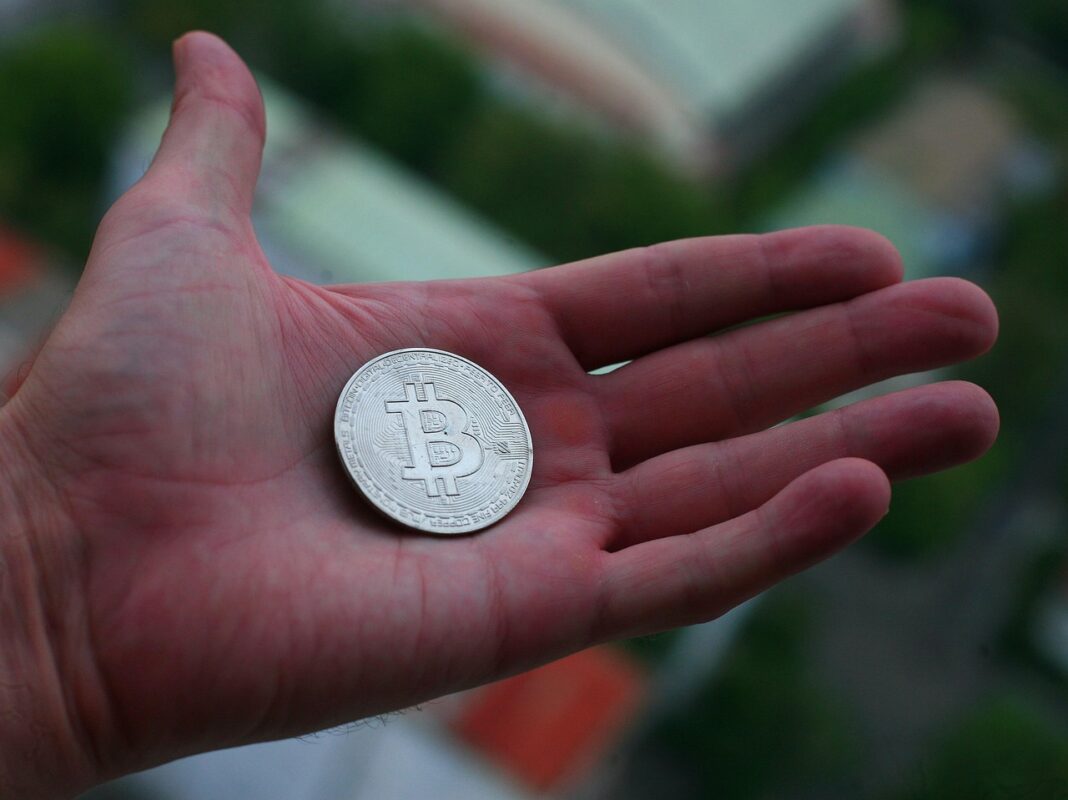Trump and Xi Meet in South Korea to Ease Tariff Tensions
TLDR
- Trump and Xi strike a trade truce to cool global tariff and tech tensions.
- Rare earth export pause revives hope for AI and defense supply chains.
- Bitcoin tumbles as Asia’s tariff shifts shake mining and crypto markets.
- US pushes China to resume soybean imports, hinting at tariff rollbacks.
- Busan summit ends with optimism for stability in trade and innovation.
US President Donald Trump and Chinese President Xi Jinping held direct talks in Busan, South Korea, to address tariff tensions. The leaders aimed to prevent further economic fallout while discussing adjustments to existing iTariffs and export policies. Their meeting concluded with strong signals of cooperation and potential shifts in trade practices.
The US-China trade relationship has faced strain since Trump reintroduced broad iTariffs upon returning to office. These measures triggered Chinese retaliation, including rare earth export restrictions, which raised fears of a wider global slowdown. However, both leaders emphasized the need to stabilize economic ties and extend a truce on new iTariffs.
During the summit, officials confirmed progress on tariff moderation and changes to export rules. Trump appeared willing to roll back some iTariffs, while China hinted at easing rare earth restrictions. These developments follow multiple preparatory sessions between the trade officials of both countries.
Rare Earth Limits and AI Supply Chain Concerns
The Chinese Communist Party recently limited exports of rare earth materials vital to high-tech industries and defense. This move prompted immediate concern in US markets, especially in sectors reliant on advanced manufacturing and AI technology. As a result, the US pushed for clarity during the Busan meeting.
Trump demanded more predictable access to these resources and emphasized the need to protect American industries from disruption. China responded by offering a one-year pause on the new restrictions, pending further evaluation. This temporary relief could restore confidence in AI hardware supply chains and related industries.
Rare earths play a central role in global supply chains, so their restriction intensified iTariff disputes between the nations. Trump linked the export bans to his earlier iTariff increases, designed to counter fentanyl-related imports. Now, with rare earth limits temporarily lifted, US manufacturers may gain short-term stability.
Bitcoin Sector Reacts to Tariff Developments
The cryptocurrency sector reacted sharply to recent iTariff changes and policy shifts in Asia. Bitcoin faced a steep drop on October 10, falling from $121,560 to below $103,000 after key tariff announcements. Market participants cited fears tied to US-China trade frictions and rare earth uncertainties.
Malaysian manufacturing hubs, crucial to the Bitcoin mining supply chain, also came under pressure. Trump’s 19% iTariff on Malaysian exports added further complexity for companies importing equipment into the US. These disruptions affected mining hardware shipments, adding volatility to Bitcoin-related business operations.
Trump met Malaysian officials to secure more stable manufacturing flows during his three-nation Asia trip. Talks resulted in a draft agreement to ease customs duties and reduce iTariff uncertainty. Officials expect this effort to ease tensions and stabilize crypto and mining markets going forward.
Soybean Trade and Future Tariff Reductions
China’s halt on US soybean imports remained a key issue throughout the summit. Trump pressed for a full resumption of purchases to offset trade imbalances worsened by iTariffs. Chinese officials signaled openness to re-engage in agricultural trade and expand buying programs.
The two sides agreed to extend a temporary freeze on new iTariffs until at least November 10. US Treasury Secretary Scott Bessent confirmed that Trump would likely cancel the planned 100% tariff on Chinese imports. He also hinted at a rollback of the 20% fentanyl-linked iTariff from earlier this year.
Both countries appear ready to prioritize economic stability over prolonged confrontation. Xi promoted joint growth as a long-term solution to recurring trade disagreements. As a result, the White House will assess future iTariff policies based on upcoming discussions and ongoing trade compliance.
The post Trump and Xi Meet in South Korea to Ease Tariff Tensions appeared first on CoinCentral.
You May Also Like

CEO Sandeep Nailwal Shared Highlights About RWA on Polygon

Most Popular Mistakes Made by Novice Traders
